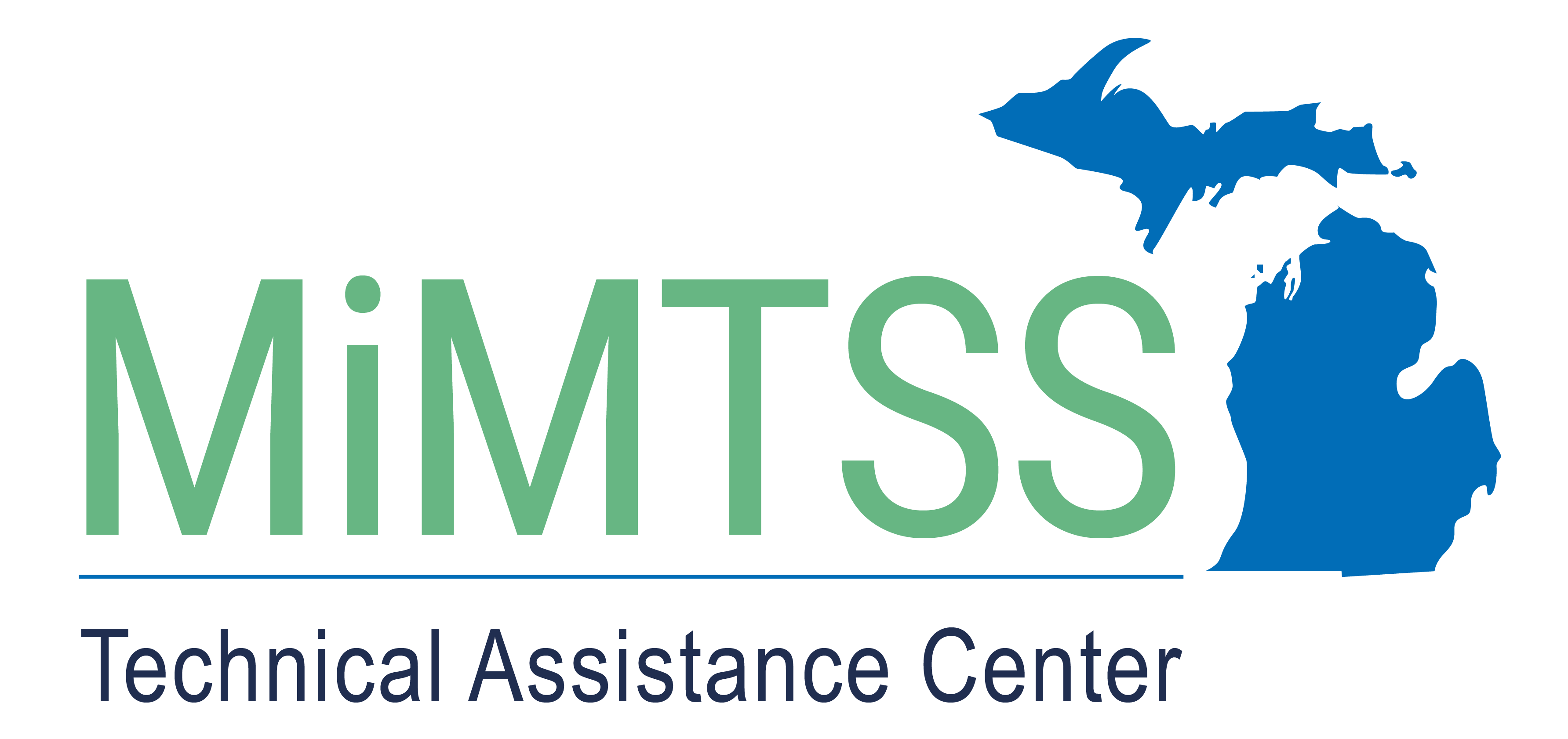Universal screening is a process of systematically assessing all students on academic, social, emotional, behavioral, or mental health indicators and responding to the data. Multiple sources of information are included within a screening process, with multiple decision points along the way. Socially-acceptable and psychometrically-sound tools fit within a universal screening process. Yet, a systematic universal screening process is not synonymous with a single assessment tool (Romer et al., 2020).
Educators have a responsibility to check on the well-being of students and respond in ways that are supportive. Universal screening is part of a comprehensive assessment system, embedded within an MTSS framework.
The purpose of screening is to prompt changes in adult behaviors and mindsets that will support positive outcomes for all learners. A screening process that aims to primarily sort, stratify, and diagnose students will not achieve the desired outcome of improved academic, social, emotional, behavioral, and mental health for all learners.
